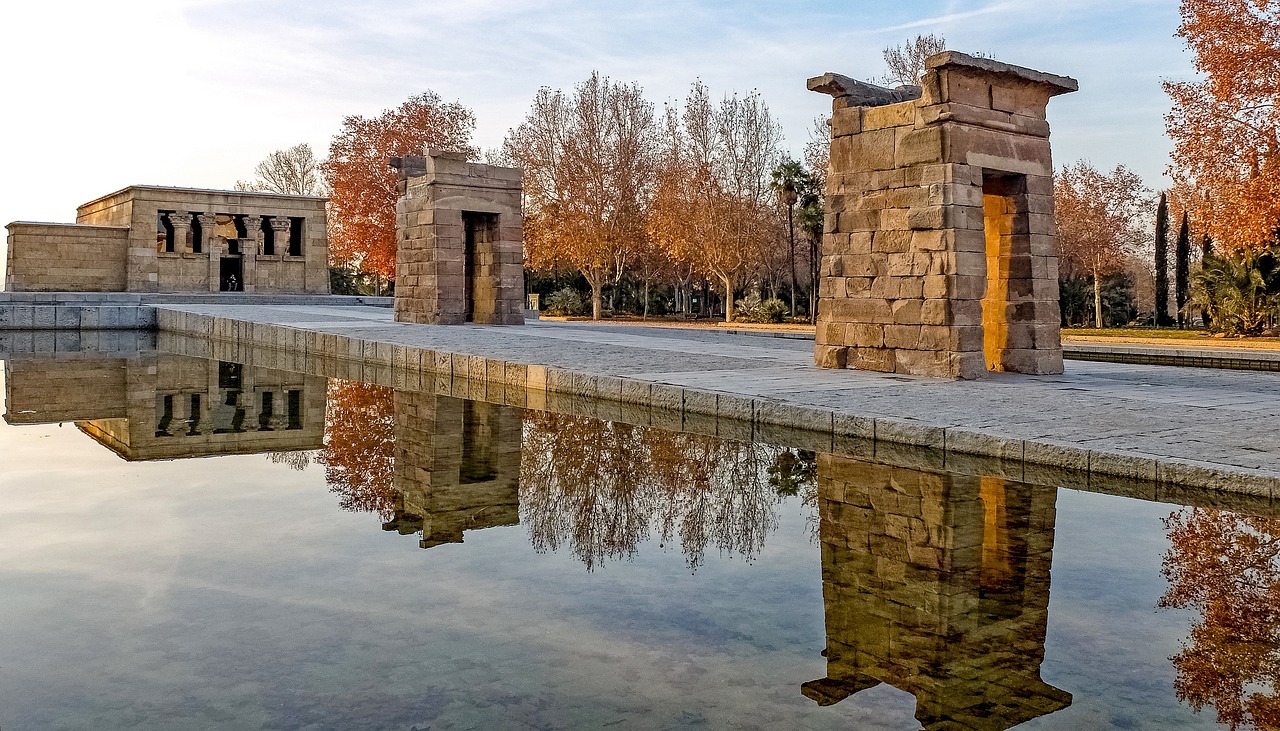Amon, also known by various names such as Amun, Amen, or Ammon, was a principal deity in ancient Egyptian religion, regarded as the king of the gods. Initially part of the Hermopolite creation myth with eight deities, Amon’s worship propagated to Thebes, where he became the recognized patron of the pharaohs during the rule of Mentuhotep I (2008–1957 BCE). By that time, he had already been associated with the sun god Re from Heliopolis and was revered nationally as Amon-Re. Depicted as a human, typically with a ram’s head or sometimes merely as a ram, Amon-Re was included in the Theban triad, alongside the goddess Mut and the youthful deity Khons. His monumental temple at Karnak was renowned for its size and wealth during the New Kingdom (1539–circa 1075 BCE). Amon’s local forms were also honored at the Temple of Luxor on Thebes’ eastern bank and in Madīnat Habu situated on the west bank. The meaning of Amon’s name, “the Hidden One,” led to his portrayal in blue, signifying his invisibility. This characteristic fostered a popular belief in his omniscience and neutrality, making him a divinity of solace for the downtrodden.
The influence of Amon was closely tied to the political stability of Egypt. Even during the Hyksos reign (circa 1630–circa 1523 BCE), the princes of Thebes maintained Amon’s worship. Following the expulsion of the Hyksos and Egypt’s ascendancy, Amon’s significance and the riches of his temples escalated. Akhenaton (Amenhotep IV) attempted religious reforms against Amon’s traditional worship during the late 18th dynasty, but he failed to sway the people from their established beliefs. Under the reigns of Tutankhamen, Ay, and Horemheb (1332–1292 BCE), Amon regained prominence as the divine protector of the pharaohs and the empire.
In the New Kingdom, the religious pondering among Amon’s priests led to Amon being viewed as a component of a triad (with Ptah and Re) or as a singular deity manifested in various other gods, including Ptah and Re. The sacerdotal authority of Amon’s priests in Thebes (circa 1075–circa 950 BCE) enabled Amon to evolve into a universal god who engaged in many state affairs through oracles. The following dynasties (22nd and 23rd) and the Assyrian invasion (671–circa 663 BCE) did not diminish the veneration of Amon. The cult’s influence extended to Tanis in the Nile River delta and beyond, reaching the Sudanese lands of Kush, where the Kushites embraced Amon upon conquest and helmed the 25th dynasty (715–664 BCE). This led to a strong cultural resistance to foreign dominance, particularly in Thebes.
Amon’s worship spread further into the oases, notably Siwa in the western desert, where he was allied with the Roman god Jupiter. Notably, Alexander the Great sought out the oracle at Siwa to solidify his claim as pharaoh and later rehabilitated Amon’s temple at Luxor. The early Ptolemaic rulers endorsed Egyptian religious practices by supporting temples; however, nationalistic uprisings began with Ptolemy IV Philopator in 207 BCE. The tensions peaked with the revolt between 88–85 BCE, wherein Ptolemy IX Soter II sacked Thebes, further damaging Amon’s cult. Subsequent disasters, such as a significant earthquake in 27 BCE that ravaged Theban temples, compounded difficulties. Moreover, in the Greco-Roman period, the worship of deities like Isis and Osiris gradually overshadowed that of Amon.



